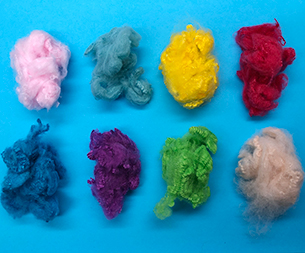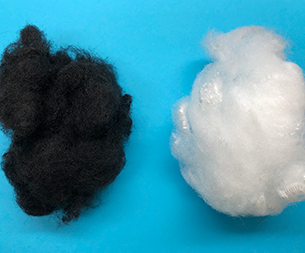As one of the three largest clothing wholesale distribution centers in South China, Guangzhou Shahe Garment Commercial District once enjoyed the reputation of "clothing looks at Shahe, and Shahe rises all over the country".
During the "Double Eleven" period in 2015, there was a single-day traffic of 500,000 people here. During the "Double Eleven" period in 2016, the Shahe Market even caused traffic "shutdown" due to piles of parcels.
However, the vigorous development of e-commerce and logistics has also led to the transformation of channels. The factory no longer depends on agents at all levels, and can directly face the audience. The role of the clothing professional market is different.
"Don't do e-commerce and wait to die" is used to describe the impact of the Internet on wholesalers.
Hong Jie has been in the clothing wholesale business for more than 20 years. In Shadong Youyi Clothing Wholesale City, she has opened wholesale stalls. She mainly sells mid- to high-end women's clothing to all parts of the country. When her business is best, her monthly sales can reach millions of yuan. At the same time, it also operates its own garment production factory.
In the past two years, the national epidemic has repeated. Sister Hong said: “The impact is quite large. When the epidemic was the worst, 80% of our customers were reducing orders because everyone was holding the goods. in stock.
In the face of changes and losses, I have tried many new customer extension channels, including various e-commerce platforms and live broadcasts, but I finally found that only by doing a good job in supply chain and category development can I stay competitive. "
For wholesalers and factories, the current market is facing two major changes: the first is that offline retail has not recovered, but the share of online sales is expanding, which leads to fragmented, small and fast orders; The second point is that the demand for individualization is even stronger. A single style is not enough to attract customers, and the efficiency of category development must be accelerated.
Compared with Zhejiang, Jiangsu and other major clothing provinces, which mainly focus on "big customers and big orders", the apparel industry in the Pearl River Delta, which is dominated by small businesses and retail orders, has been more resilient and calm in the epidemic.
In fact, there is a huge waste of inventory in the traditional production and sales order, and the large-scale production model has gradually come to an end. From traditional wholesale and retail, to e-commerce, and now live delivery of goods, the apparel industry is no longer a simple production task. It is imperative to strengthen the data connection between the buyer and the production side and improve the efficiency of production and sales.
In the Shahe Market, which stretches for several kilometers, Taobao customers, e-commerce anchors, retail shop owners, and cart workers shuttle through the sweaty crowd, picking goods and sending them to all parts of the country like a rush.
With the in-depth development of e-commerce and live broadcasting, the traditional wholesale market is gradually shifting from a single offline wholesale business to online and offline simultaneous wholesale and retail integration.
- Jiangsu Haibang New Material Co.
- China's textile industry is at a
- Key Guide to Selecting Polypropy
- The impact of the Federal Reserv
- The core performance advantages
- China Textile Machinery: Driven
- The core applications of polypro
- Textile foreign trade has shifte
- How to choose the right polyprop
- Cross-border textile merchants a
- Markets
- Automotive Products
- Nonwoven Lining
- Geosynthetics
- Liquid Filtration
- Apparel and Textiles
- Hygiene Products
- Building and Construction
- Other Markets
- Contact Us
- Contact Haibang





